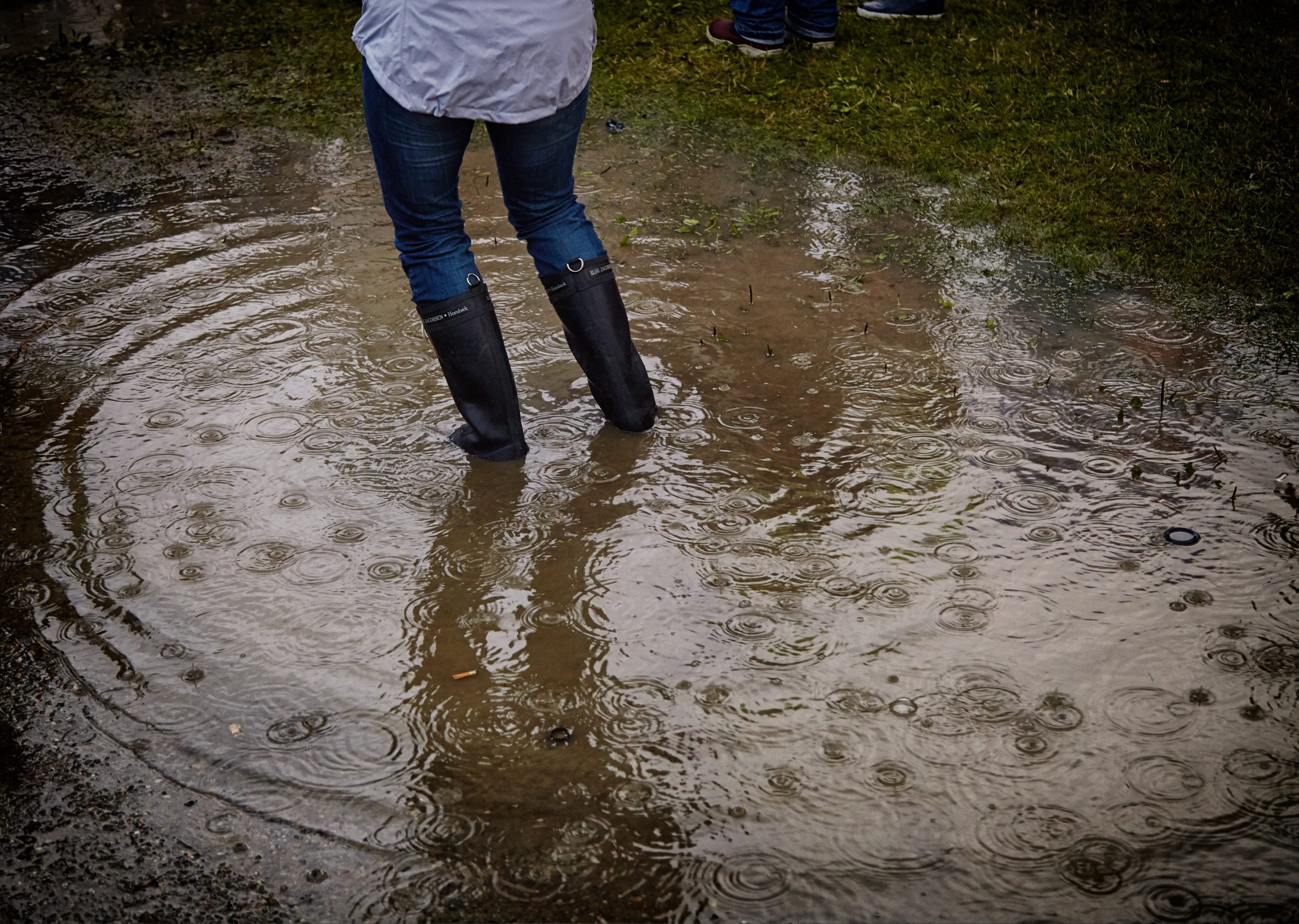Preparing Ahead to Avoid Flood Damage: Part 1
There are a lot of ways a house can be damaged. Some are more expensive to fix than others. One of the most expensive is water damage from flooding. Because water can get into just about everything, it can be one of the worst types of damage to deal with. Not only can water destroy photos and other priceless possessions, it can also cost thousands of dollars in damage to the house itself.
Flood water from something as simple as a burst pipe can cause extensive damage to the subfloor, drywall, flooring, and furniture. And because the basement is the lowest level of the house, it’s the most likely to fall victim to flooding. Because of this, it’s unfortunate that people often store boxes of memories in the basement closets or spare bedrooms.
So to avoid this kind of headache, expense, and loss of belongings, New Canadian Drain and Plumbing wants to help you plan ahead. Here are some ways to avoid flood damage.
Waterproof Your Flooring
The best way to ensure minimal damage in the case of a flood is by waterproofing your basement flooring. It’s truly the little things that count.
If you have interlocking laminate, vinyl, or linoleum flooring, ensure there’s a sealant between all edges and the wall. This crack is usually hidden by baseboards so it’s best to have this sealed when the floor is installed. The reason this is important is because during a flood, the water is going to spread out across the floor and fill into any cracks available. The seam between your flooring and wall allows water to gain access to your subfloor. By sealing it off, you prevent damage to the structure of your floor. Serious damage to the subfloor can mean tearing everything out to the beams and relaying the entire floor.
If you have carpet, There should be a layer of plastic underneath of it. This layer of plastic ensures that when things spill on the carpet or when flooding occurs, it doesn’t go straight to the subfloor. There is usually some kind of waterproof layer under carpet as it is. However, if your current carpet doesn’t, you should consider investing in replacement.
Hardwood flooring should be coated in a waterproof finish. If your hardwood flooring hasn’t been refinished in a long time, this is something worth investing in. Otherwise, flooding could completely ruin it.
Waterproof Storage
The next step in keeping your home safe from flooding is storing things in waterproof containers. Photos, baby clothes, family heirlooms, handmade blankets – keep it all in plastic bins or sealed in plastic bags. It’s too often that people store important belongings in cardboard boxes only for them to end up destroyed. Cardboard is a magnet for moisture so, even without flooding, it often attracts mold so that its contents are destroyed.
There are a lot of ways to protect your home from flood damage. If you’d like to learn more, check out our next post, Preparing Ahead to Avoid Flood Damage: Part 2.



